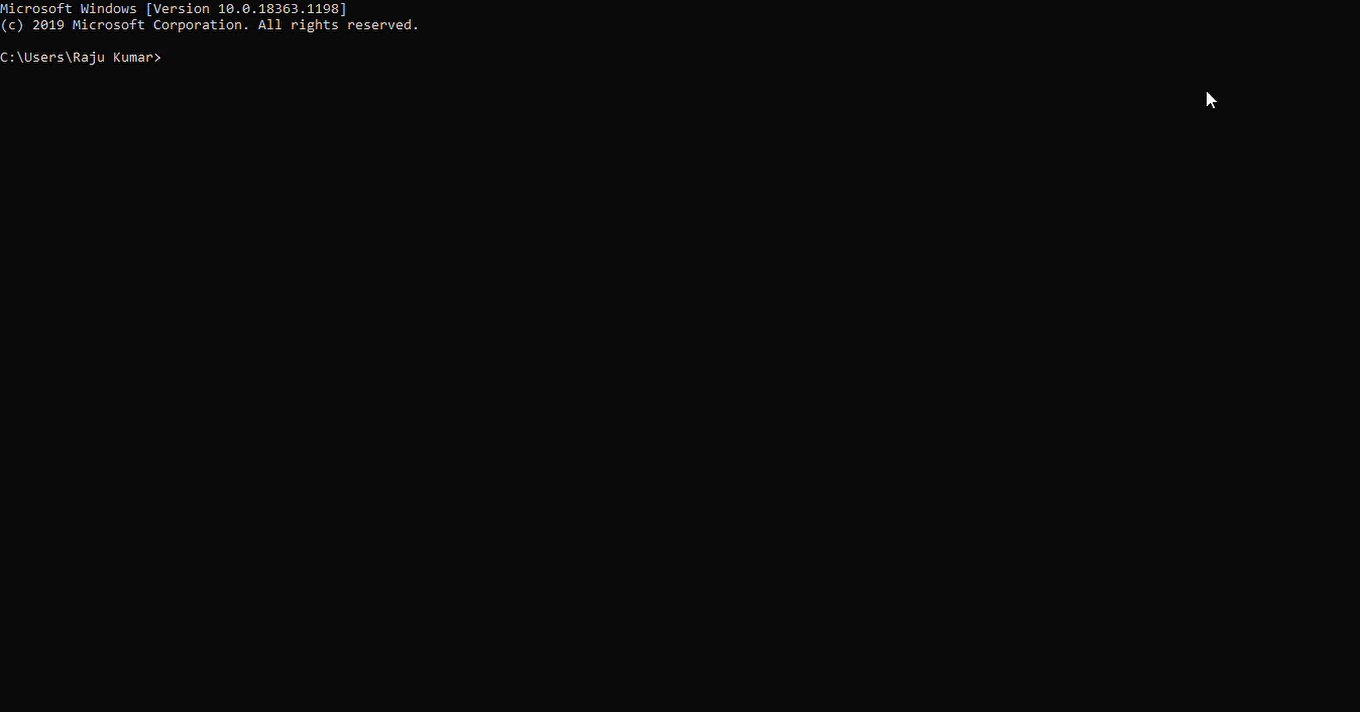Python | 使用 print() 函数输出
Python print() 函数将消息打印到屏幕或任何其他标准输出设备。
句法:
print(value(s), sep= ' ', end = '\n', file=file, flush=flush)参数:
- value(s):任何值,你喜欢多少都行。将在打印前转换为字符串
- sep='separator' :(可选)指定如何分隔对象,如果有多个对象。默认值:' '
- end='end':(可选)指定要在末尾打印的内容。默认值:'\n'
- file :(可选)具有写入方法的对象。默认:sys.stdout
- flush :(可选)布尔值,指定输出是刷新 (True) 还是缓冲 (False)。默认值:假
返回类型:它将输出返回到屏幕。
虽然没有必要在 print() 函数中传递参数,但它需要在末尾有一个空括号,告诉 python 执行该函数而不是通过名称调用它。现在,让我们探讨可与 print() 函数一起使用的可选参数。
字符串文字
python 的 print 语句中的字符串文字主要用于格式化或设计特定字符串在使用 print() 函数打印时的显示方式。
- \n :此字符串文字用于在打印语句时添加新的空行。
- “”:空引号(“”)用于打印空行。
例子:
- Python3
print("GeeksforGeeks \n is best for DSA Content.")
输出:
GeeksforGeeks
is best for DSA Content.
结束=””语句
end 关键字用于指定 print() 函数执行结束时要打印的内容。默认设置为“\n”,导致执行print()语句后换行。
示例:没有换行的 Python print()
- Python3
# This line will automatically add a new line before the
# next print statement
print ("GeeksForGeeks is the best platform for DSA content")
# This print() function ends with "**" as set in the end argument.
print ("GeeksForGeeks is the best platform for DSA content", end= "**")
print("Welcome to GFG")
输出:
GeeksForGeeks is the best platform for DSA content
GeeksForGeeks is the best platform for DSA content**Welcome to GFG
flush 参数
python 中的 I/O 通常是缓冲的,这意味着它们以块的形式使用。这就是 flush 的用武之地,因为它可以帮助用户决定是否需要缓冲写入的内容。默认情况下,它设置为 false。如果设置为 true,则输出将作为一个接一个的字符序列写入。这个过程很慢,因为分块写比一次写一个字符更容易。为了理解 print() 函数中 flush 参数的用例,让我们举个例子。
例子:
假设您正在构建一个倒数计时器,它每秒将剩余时间附加到同一行。它看起来像下面这样:
3>>>2>>>1>>>Start
初始代码如下所示:
- Python3
import time
count_seconds = 3
for i in reversed(range(count_seconds + 1)):
if i > 0:
print(i, end='>>>')
time.sleep(1)
else:
print('Start')
因此,上面的代码添加了没有尾随换行符的文本,然后在每次添加文本后休眠一秒钟。在倒计时结束时,它打印 Start 并终止该行。如果按原样运行代码,它会等待 3 秒,然后突然立即打印出整个文本。这是由于文本块的缓冲造成的 3 秒浪费,如下所示:

尽管缓冲有一定的作用,但它可能会导致如上所示的不良影响。为了解决同样的问题,flush 参数与 print() 函数一起使用。现在,将 flush 参数设置为 true 并再次查看结果。
- Python3
import time
count_seconds = 3
for i in reversed(range(count_seconds + 1)):
if i > 0:
print(i, end='>>>', flush = True)
time.sleep(1)
else:
print('Start')
输出:
视频播放器
00:00
00:10
分隔器
print() 函数可以接受任意数量的位置参数。为了分隔这些位置参数,使用关键字参数“sep”。
注意:由于 sep 、 end 、 flush 、 file 是关键字参数,它们的位置不会改变代码的结果。
例子:
- Python3
a=12
b=12
c=2022
print(a,b,c,sep="-")输出:
12-12-2022例子:
位置参数不能出现在关键字参数之后。在下面的示例中,10、20和30是位置参数,其中sep=' – '是关键字参数。
- Python3
print(10, 20, sep=' - ', 30)输出:
File "0b97e8c5-bacf-4e89-9ea3-c5510b916cdb.py", line 1
print(10, 20, sep=' - ', 30)
^
SyntaxError: positional argument follows keyword argument文件参数
与流行的看法相反,print() 函数不会将消息转换为屏幕上的文本。这些是由较低级别的代码层完成的,它们可以以字节为单位读取数据(消息)。print() 函数是这些层上的接口,它将实际打印委托给流或类似文件的对象。默认情况下,print() 函数通过文件参数 绑定到sys.stdout 。
示例:Python print() 到文件
- Python3
import io
# declare a dummy file
dummy_file = io.StringIO()
# add message to the dummy file
print('Hello Geeks!!', file=dummy_file)
# get the value from dummy file
dummy_file.getvalue()输出:
'Hello Geeks!!\n'示例:使用 print() 函数将内容直接写入文本文件。
- Python3
print('Welcome to GeeksforGeeks Python world.!!', file=open('Testfile.txt', 'w'))输出:
% nano Testfile.txt
-----------------------------------------------------------------------------------------------
UW PICO 5.09 File: Testfile.txt
Welcome to GeeksforGeeks Python world.!!
^G Get Help ^O WriteOut ^R Read File ^Y Prev Pg ^K Cut Text ^C Cur Pos
^X Exit ^J Justify ^W Where is ^V Next Pg ^U UnCut Text ^T To Spell
示例:在 Python 中使用 print() 函数
- Python3
# Python 3.x program showing
# how to print data on
# a screen
# One object is passed
print("GeeksForGeeks")
x = 5
# Two objects are passed
print("x =", x)
# code for disabling the softspace feature
print('G', 'F', 'G', sep='')
# using end argument
print("Python", end='@')
print("GeeksforGeeks")
输出:
GeeksForGeeks
x = 5
GFG
Python@GeeksforGeeks
原文链接:codingdict.net
